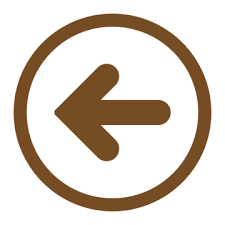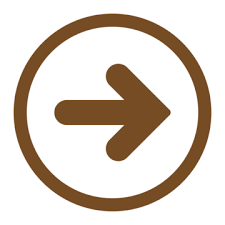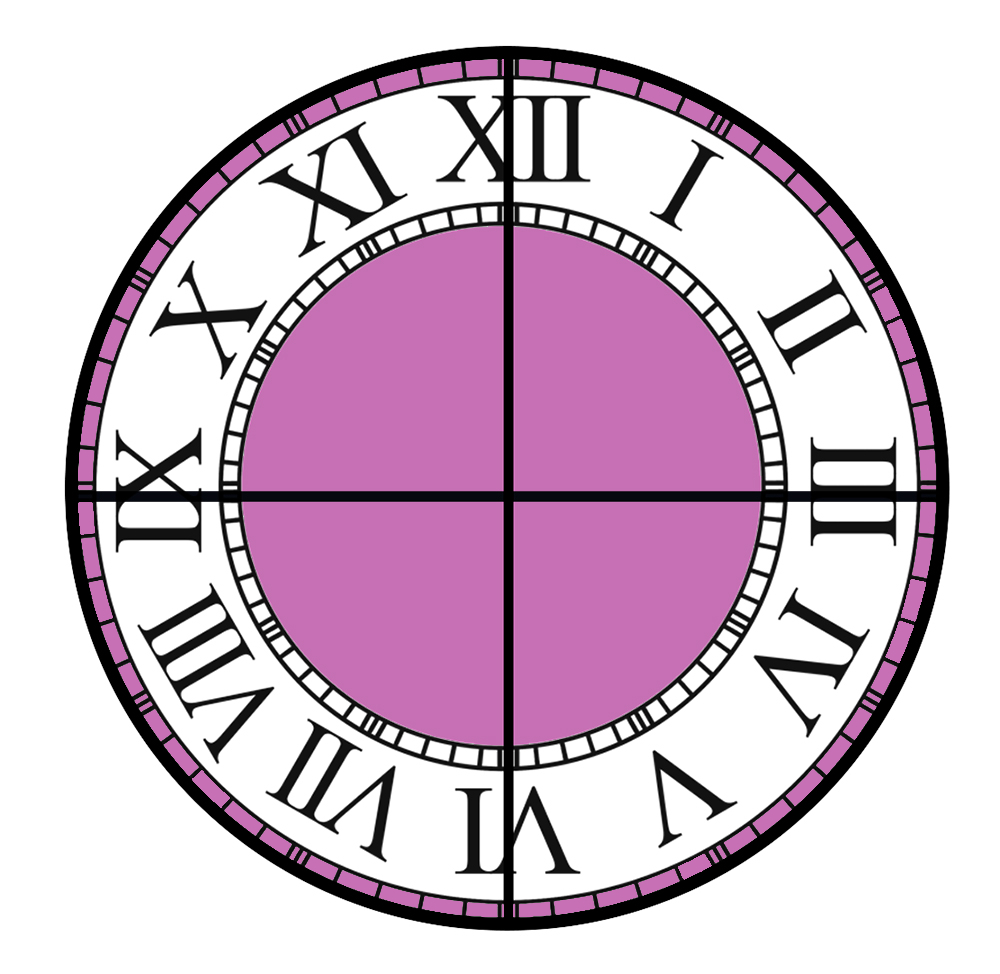 Acts 10:11
Acts 10:11

|
Strongs 2532
[list] Λογεῖον Perseus kai καὶ and Conj |
|
Strongs 2334
[list] Λογεῖον Perseus theōrei θεωρεῖ is looking attentively V-PIA-3S |
|
Strongs 3588
[list] Λογεῖον Perseus ton τὸν the Art-AMS |
|
Strongs 3772
[list] Λογεῖον Perseus ouranon οὐρανὸν a heaven N-AMS |
|
Strongs 455
[list] Λογεῖον Perseus aneōgmenon ἀνεῳγμένον he who has been opened V-RPM/P-AMS |
|
Strongs 2532
[list] Λογεῖον Perseus kai καὶ and Conj |
|
Strongs 2597
[list] Λογεῖον Perseus katabainon καταβαῖνον that which is climbing down V-PPA-ANS |
|
Strongs 4632
[list] Λογεῖον Perseus skeuos σκεῦός a vessel N-ANS |
|
Strongs 5100
[list] Λογεῖον Perseus ti τι what/certain IPro-ANS |
|
Strongs 5613
[list] Λογεῖον Perseus hōs ὡς as Adv |
|
Strongs 3607
[list] Λογεῖον Perseus othonēn ὀθόνην a sheet N-AFS |
|
Strongs 3173
[list] Λογεῖον Perseus megalēn μεγάλην mega Adj-AFS |
|
Strongs 5064
[list] Λογεῖον Perseus tessarsin τέσσαρσιν four Adj-DFP |
|
Strongs 746
[list] Λογεῖον Perseus archais ἀρχαῖς to rulers N-DFP |
|
Strongs 2524
[list] Λογεῖον Perseus kathiemenon καθιέμενον that which is being sent down V-PPM/P-ANS |
|
Strongs 1909
[list] Λογεῖον Perseus epi ἐπὶ upon Prep |
|
Strongs 3588
[list] Λογεῖον Perseus tēs τῆς the Art-GFS |
|
Strongs 1093
[list] Λογεῖον Perseus gēs γῆς earth N-GFS |
Four Gospels and The Head Cloth
And he is staring attentively at the Heavenly One, he who has been opened up, and at a certain vessel48 which is climbing down, a mega fine linen, by four origins,49 as that which is being sent down upon the Earth,
Her origins are from the "ends" or "extremities." The outer edge or causal extremity, rather than the middle (i.e. outward in).
As four: temporal extremity, spatial extremity, causal/principle extremity, and sovereignty/authority extremity. (cf. ἀρχαῖς)And he sees heaven opened, and a certain vessel descending upon him, as a great linen napkin fastened at the four beginnings, and laid down upon the earth:
And he saw the heaven being opened and a certain vessel like a great sheet coming down on him, being bound by four corners, and let down onto the earth;
Footnotes
| 48 |
See LSJ II. τὸ σ. the body, as the vessel of the soul, a metaph. clearly expressed in 2 Ep.Cor. 4.7, ἔχομεν δὲ τὸν θησαυρὸν τοῦτον ἐν ὀστρακίνοις σκεύεσιν, cf. 1 Ep.Thess. 4.4, 1 Ep.Pet. 3.7. |
| 49 | Lexical Scope of ἀρχή From LSJ and early usage, ἀρχή had four primary meanings:
Thus ἀρχή already lives at the edge between time, space, matter, and rule. Fourfold Extremities in a Möbius Model If we imagine a Möbius strip divided into four quadrants (like “quarters” of the ribbon’s traversal), then ἀρχή would function at each “turn” as a different boundary-condition:
Thus, four ἀρχαί = the four modes in which a “beginning” marks a limit, each quarter of the Möbius is not linear but a turn of orientation. In Hebrew תוֹר (tor), from the root תור, denotes a turn, an order in sequence, or a rotation. It is used, for instance, in contexts of taking one’s turn (as in waiting in line or for succession). This is also the root of Torah (feminine). This is also the word used for "Esther's Turn" This is significant in relation to a Möbius model:
Why Four?
So the four ἀρχαί might encode the complete set of orientations — temporal, spatial, causal, sovereign. Aonic Usage On a Möbius strip, the traveler encounters each ἀρχή not as a discrete “first” but as a recursive turning-point where the surface flips. Thus:
This Möbius loop of ἀρχή explains why NT authors can use the same term for “Within the origin/head/beginning” (Jn 1:1), “first principles” (Heb 5:12), “rulers and authorities” (Col 1:16), and even “origins/edges” (Acts 10:11 LXX-echo). Interpretive Implication If Hebrew narrative provides the recursive structure (aspect, non-chronological), Greek ἀρχή supplies a nodal word where time, space, causality, and sovereignty meet. In Aonic perspective, the four ἀρχαί are not different domains but different orientations of one continuous surface. Thus, “ἀρχή” is less “beginning” and more fold: each time the story turns, one meets an ἀρχή — which is also an extremity, also a sovereignty, also a principle. Food for thought: If we think Möbius-like, God becomes a paradox:
The NT authors consistently keep the discourse within ἀρχή. They never resolve it into the “philosophical absolute” of ἀνάρχος (without beginning), thus ἄναρχος (without chief, without beginning) is never used in the NT. This means:
A Möbius band has one continuous surface, yet if you trace along it, you encounter orientation shifts (inside/outside inversion). If you quarter it (divide into four extremities or perspectives), you obtain four “faces” of one undivided thing. This matches the ancient sense of ἀρχή as having multiple orientations:
If ἀρχή involves a Möbius-like surface that can be experienced in four orientations, then to be “quartered” (διαιρέω, διαμερίζω; or in Hebrew, perhaps פָּצָה, חָלַק, פָּרַד — to divide, portion, separate) would mean something quite radical:
This is both anthropological and eschatological:
In Hebrew prophecy a scattering “to the four winds” (זְרוֹת לְאַרְבַּע רוּחוֹת) is divine judgment — the body politic—the People of God— is completely dismembered. In Greco-Roman imagery quartering a person was the ultimate destruction of bodily unity. In apocalyptic vision the “four beasts” (Dan. 7) or “four horsemen” (Rev. 6) point symbolically to a quartered world in which the continuous order has collapsed into extremities of chaos. To be “quartered” as a person would mean losing recursion (Möbius continuity), that is, the eternal aion life. Instead of one surface folding through four orientations, you are locked into separate compartments where your body is here, but your heart is elsewhere, your agency is in conflict, and your time is all but fractured. Such a person is alive but dis-integrated. You are no longer whole, but quartered—a dead one while yet living. On the other hand, when the four orientations are harmonized (not quartered), the person becomes a living temple — four faces, one being (consider Ezekiel’s four living creatures, each facing outward yet united in one movement of the Spirit). |
| 49 | Lexical Scope of ἀρχή From LSJ and early usage, ἀρχή had four primary meanings:
Thus ἀρχή already lives at the edge between time, space, matter, and rule. Fourfold Extremities in a Möbius Model If we imagine a Möbius strip divided into four quadrants (like “quarters” of the ribbon’s traversal), then ἀρχή would function at each “turn” as a different boundary-condition:
Thus, four ἀρχαί = the four modes in which a “beginning” marks a limit, each quarter of the Möbius is not linear but a turn of orientation. In Hebrew תוֹר (tor), from the root תור, denotes a turn, an order in sequence, or a rotation. It is used, for instance, in contexts of taking one’s turn (as in waiting in line or for succession). This is also the root of Torah (feminine). This is also the word used for "Esther's Turn" This is significant in relation to a Möbius model:
Why Four?
So the four ἀρχαί might encode the complete set of orientations — temporal, spatial, causal, sovereign. Aonic Usage On a Möbius strip, the traveler encounters each ἀρχή not as a discrete “first” but as a recursive turning-point where the surface flips. Thus:
This Möbius loop of ἀρχή explains why NT authors can use the same term for “Within the origin/head/beginning” (Jn 1:1), “first principles” (Heb 5:12), “rulers and authorities” (Col 1:16), and even “origins/edges” (Acts 10:11 LXX-echo). Interpretive Implication If Hebrew narrative provides the recursive structure (aspect, non-chronological), Greek ἀρχή supplies a nodal word where time, space, causality, and sovereignty meet. In Aonic perspective, the four ἀρχαί are not different domains but different orientations of one continuous surface. Thus, “ἀρχή” is less “beginning” and more fold: each time the story turns, one meets an ἀρχή — which is also an extremity, also a sovereignty, also a principle. Food for thought: If we think Möbius-like, God becomes a paradox:
The NT authors consistently keep the discourse within ἀρχή. They never resolve it into the “philosophical absolute” of ἀνάρχος (without beginning), thus ἄναρχος (without chief, without beginning) is never used in the NT. This means:
A Möbius band has one continuous surface, yet if you trace along it, you encounter orientation shifts (inside/outside inversion). If you quarter it (divide into four extremities or perspectives), you obtain four “faces” of one undivided thing. This matches the ancient sense of ἀρχή as having multiple orientations:
If ἀρχή involves a Möbius-like surface that can be experienced in four orientations, then to be “quartered” (διαιρέω, διαμερίζω; or in Hebrew, perhaps פָּצָה, חָלַק, פָּרַד — to divide, portion, separate) would mean something quite radical:
This is both anthropological and eschatological:
In Hebrew prophecy a scattering “to the four winds” (זְרוֹת לְאַרְבַּע רוּחוֹת) is divine judgment — the body politic—the People of God— is completely dismembered. In Greco-Roman imagery quartering a person was the ultimate destruction of bodily unity. In apocalyptic vision the “four beasts” (Dan. 7) or “four horsemen” (Rev. 6) point symbolically to a quartered world in which the continuous order has collapsed into extremities of chaos. To be “quartered” as a person would mean losing recursion (Möbius continuity), that is, the eternal aion life. Instead of one surface folding through four orientations, you are locked into separate compartments where your body is here, but your heart is elsewhere, your agency is in conflict, and your time is all but fractured. Such a person is alive but dis-integrated. You are no longer whole, but quartered—a dead one while yet living. On the other hand, when the four orientations are harmonized (not quartered), the person becomes a living temple — four faces, one being (consider Ezekiel’s four living creatures, each facing outward yet united in one movement of the Spirit). |